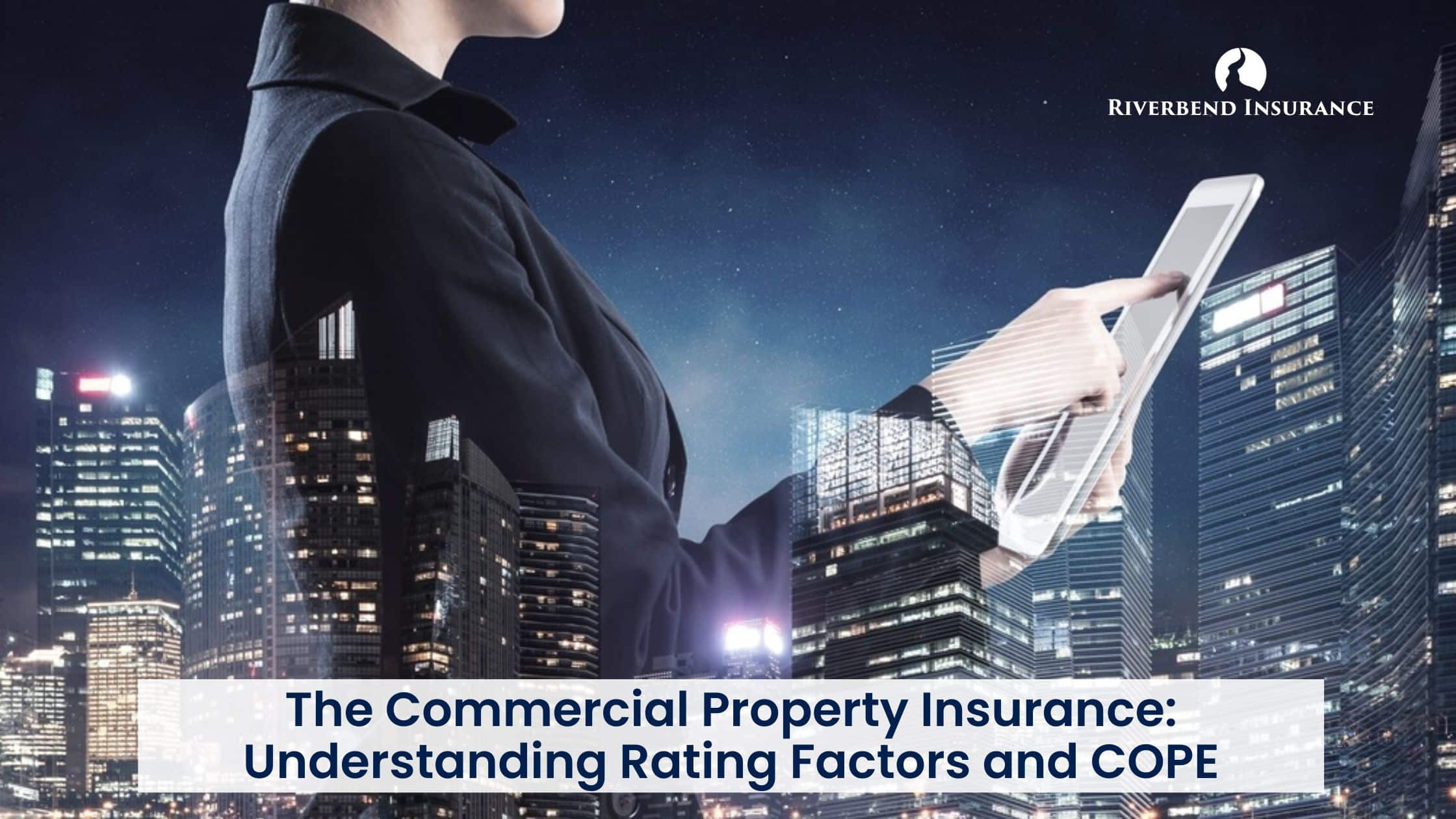Businesses should take a long-term view on cutting insurance costs as part of their sustainability goals. One way to cut these costs is to understand how insurers use Commercial Property Insurance Ratings like COPE. Once you understand this system, you can identify risk areas you can control and lower insurance costs.
What Are a Commercial Property Insurance Rating and COPE?
A commercial property insurance rating of risks is based on various factors, established by the insurance industry. Insurers assign properties a general “class” rating or a more customized “specific” rating.
COPE stands for construction, occupancy, protection, and exposure in relation to a specific rating of a commercial property. These four areas make up a property’s COPE score. A good COPE score for a building indicates the structure is likely to withstand fire or damage in a natural disaster. The higher the score, the lower the risk for the insurer to pay out claims.
Class Rating Vs. Specific Rating
A class rating indicates the property falls into a group of properties with common risks. It may be assigned to a property because of its limitations, such as covering less than 25,000 square feet. Other limitations may include a lack of a sprinkler system or the structure is not fireproof.
Properties that don’t fit into the broad class category, such as those operating as non-manufacturing businesses, are assigned a specific rating.
How Do Insurance Companies Evaluate Construction?
Construction is the most important aspect of a COPE score. Key factors that affect scoring include construction materials, square footage, and the age of the building. The materials make a difference in whether the structure is vulnerable to a fire, storm, flood, or other disasters.
How Insurers Evaluate Occupancy
The way in which your building is occupied impacts its COPE score. Is it occupied by tenants, employees, customers, or some other group? Different industries have different risks, so it also matters what type of work is being conducted on the property. The actions you take to reduce risks will also play into how your insurer evaluates occupancy.
How Do Insurance Companies Evaluate Protection?
Protection reflects the resources your business uses to mitigate disaster. It’s broken down into public and private protection. Public protection includes a fire department, as the distance from a station or fire hydrant affects insurance ratings and rates. Private protection includes your company’s own fire extinguishers, alarms, and sprinkler systems.
The closer your commercial property is located to these resources, the lower the risks and the higher the protection score.
How Do Insurance Companies Evaluate Exposure?
Exposure refers to the likelihood that your property will suffer from a natural or man-made disaster. A building in an area with a history of regular flooding or seismic activity will have a much lower score than one in a location with less severe disasters.
Make Your Insurance Score Count
Your insurance company uses standard procedures for evaluating property risks. Be aware of what your risks are and how they relate to insurance ratings. Contact our team at Riverbend Insurance to learn more about commercial property insurance, you can also contact us directly at (855) 814-0308.


